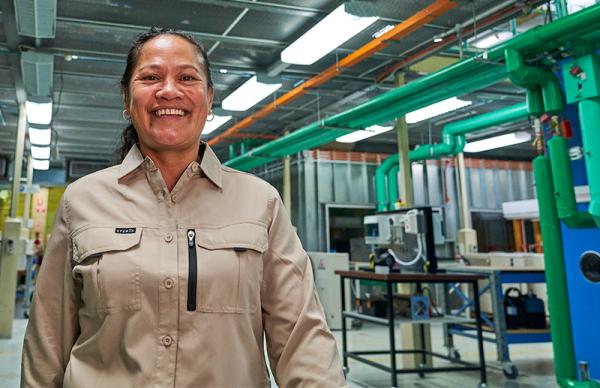
Product examiner
Product examiners ensure that primary produce and manufactured goods meet specified standards of presentation, safety and quality. They take samples and measurements of products throughout the production process, from when raw materials are received from external suppliers, right through to the packaging of finished products. These continuous checks allow issues to be identified and corrected early, ensuring the production process operates at maximum efficiency and effectiveness. The testing methods and quality standards will vary depending on the particular product. Testing may involve activities such as visual checks of appearance, weighing samples and conducting laboratory tests of a product's physical and chemical characteristics.
Working conditions
Product examiners are often based in an office, laboratory or workshop. However, they will often visit the production floor or storage facility to collect samples or check production processes. Production areas are often noisy and may be hot and dusty as well. Many workplaces will use heavy machinery and strict safety guidelines must be followed to avoid injury. Product examiners must also take care when working in a laboratory, particularly if working with chemicals. In many cases protective clothing must be worn, which may include, safety glasses, ear muffs, lab coats, high visibility clothing, hard hats and/or gloves, depending on the specific work environment. Many manufacturing plants operate 24-hours a day, 7 days a week, meaning quality controllers often work shifts, which may include working nights and on weekends.
Tools and technologies
Product examiners use a variety of tools and technologies, depending on the tests they carry out and the products they are examining. They may use a range of laboratory equipment to test factors such as chemical composition, nutritional value, the presence of toxins and electrical conductivity and/or insulation. They also check the dimensions and weights of products using sensitive scales and measuring equipment. Many tests are automated, allowing a greater volume of samples to be tested in a shorter period. Product examiners will need to be familiar with computers both to run these tests and to compile reports detailing their findings.
Education and training
It is possible to work as a product examiner without any formal qualifications and get training on the job. However, entry into this occupation may be improved by obtaining a qualification relevant to the field or industry in which you wish to work.
Many product examiners will have significant practical experience working on the production line, often as a machine operator or factory worker, manufacturing the products they inspect. Other product examiners may approach this occupation by working in a laboratory.
The Diploma of Quality Auditing is offered at TAFE colleges and other registered training organisations throughout Western Australia. Browse courses through Jobs and Skills WA and search on the My Skills website to find a registered provider near you.
If you wish to work in the meat processing industry, you can undertake a traineeship in meat processing – quality assurance (level 3 or level 4). The traineeships usually take 24 months to complete.

Free support and assistance
Your local jobs and Skills Centre can provide free information, support and assistance to help you decide on the best training options to meet your goals.
Disclaimer
The information presented on the occupation profiles within this website is offered as a guide only.


